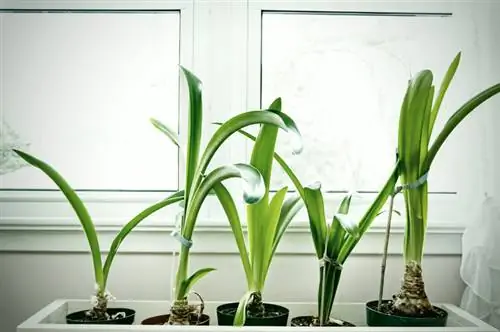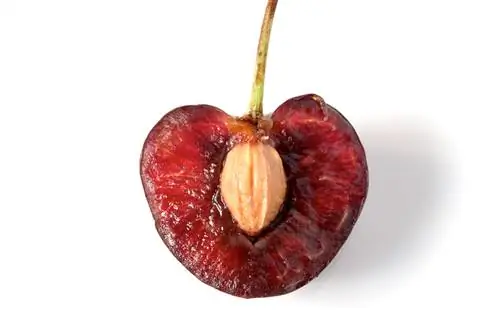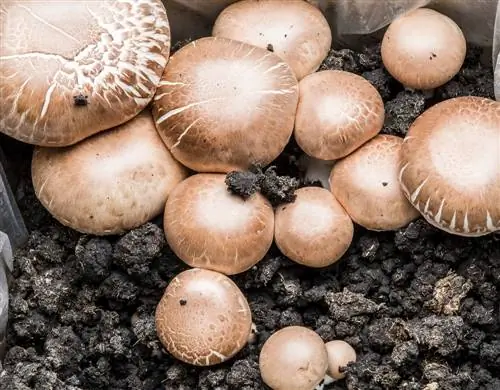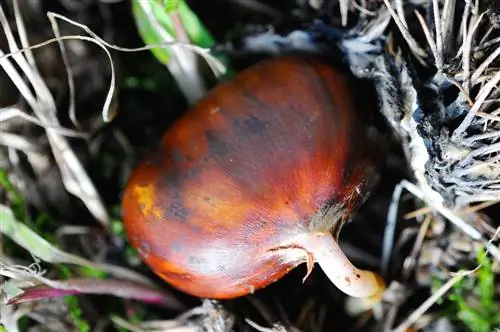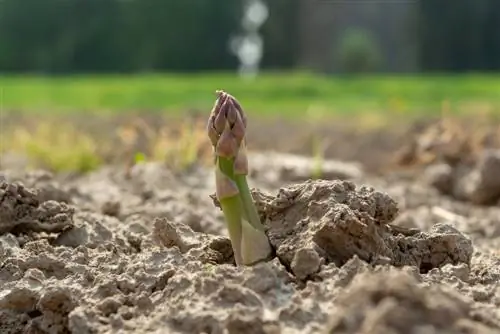- Author admin [email protected].
- Public 2023-12-16 16:46.
- Last modified 2025-06-01 06:02.
In order not to put undue strain on your wallet by purchasing expensive amaryllis, you as a hobby gardener have the option of growing your own. This quick guide will show you in practice how to grow your own knight's star from seeds or bulbs.

How can you grow amaryllis yourself?
You can grow amaryllis by sowing seeds or using bulbs. When growing seeds, they germinate in 2-4 weeks in a partially shaded, warm window spot. For breeding onions, separating them from the mother plant and potting them in lean substrate leads to success.
Growing amaryllis from seeds - How to do it professionally
Once a knight's star has opened its flowers, take a cotton swab and transfer the yellow pollen to the creamy white pistil. Over the next 2 months, a fruit with the valuable seeds develops. The dark seeds can easily be removed from the clearly opened fruits. Sowing takes place in a regulated manner:
- Fill coconut fiber substrate into a seed tray (€35.00 on Amazon), a balcony box or pots
- Place the seeds side by side at a maximum depth of 1 cm without touching each other
- Pour carefully with a fine spray until the water runs out of the bottom opening
- Put a piece of cling film over the container
In a partially shaded, warm window seat, the seeds germinate within 2 to 4 weeks and the hood can be removed. The seedlings are only pricked out when they have 5 to 6 leaves. Water and fertilize your pupils continuously until the first flowering occurs, without taking the rest period that is mandatory for an adult Ritterstern.
How to grow a knight's star from a brood bulb
If the care program conforms to the subtropical vegetation cycle, the amaryllis will invest its excess energy in growing bulbs. These grow clearly visible on the bulb base and have all the wonderful attributes of the mother plant. This is how easy it is to transform the daughter onion into a breathtaking knight's star:
- Cut off the cutting with a minimum diameter of 3 cm
- Potting in a lean substrate, such as cactus or potting soil over expanded clay drainage
- Water moderately from below in a partially shaded, warm location
- Start supplying nutrients in parallel with the leaves emerging
Please pay particular attention that the small onion is only half covered with soil. Within 1 to 2 years you can look forward to a colorful bloom premiere.
Tip
As part of generative propagation by sowing seeds, the attributes of the mother plant are rarely retained. Resourceful hobby gardeners always keep a few onions of their favorite variety in the cool, dark cellar - as a safety reserve, so to speak.

